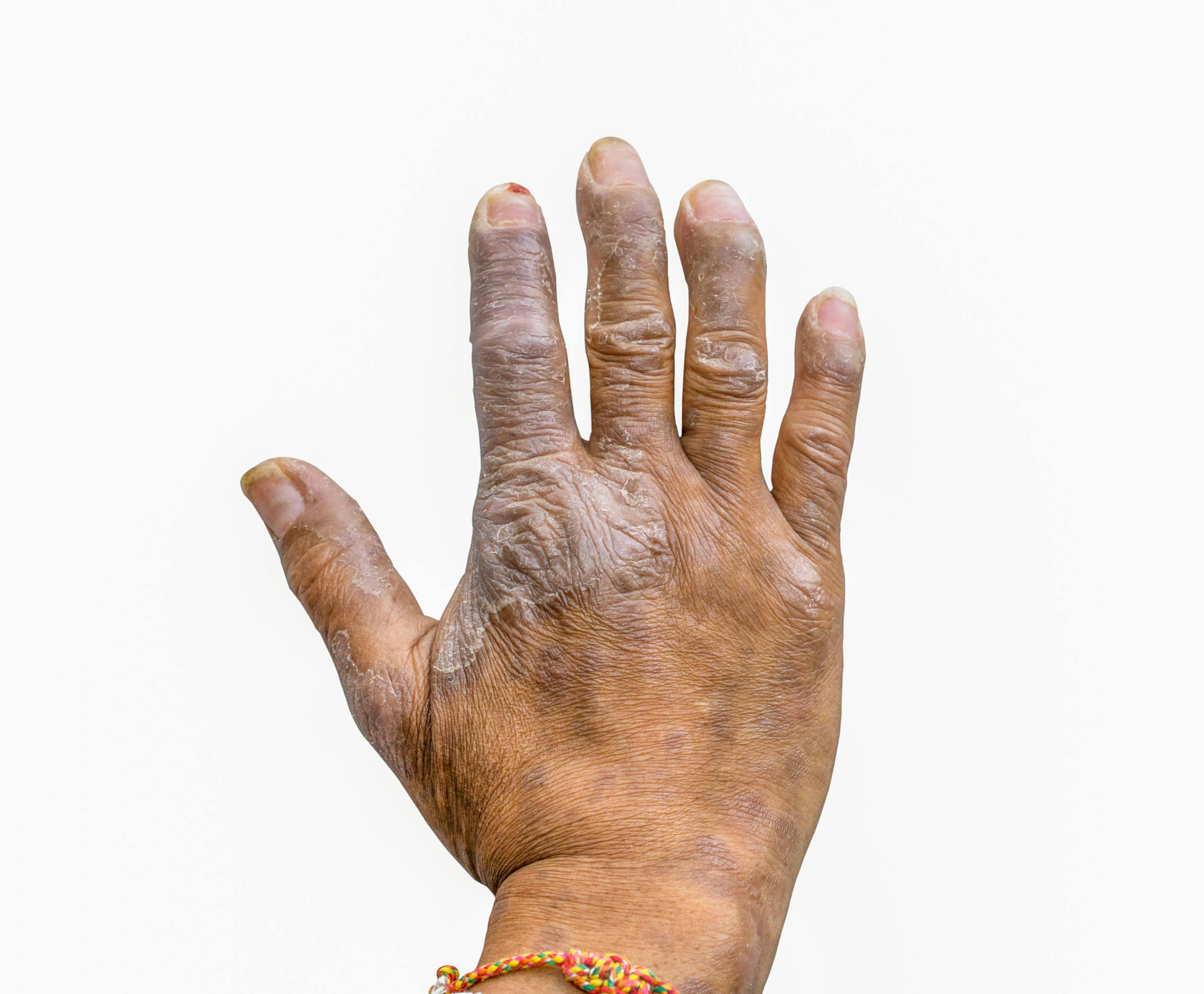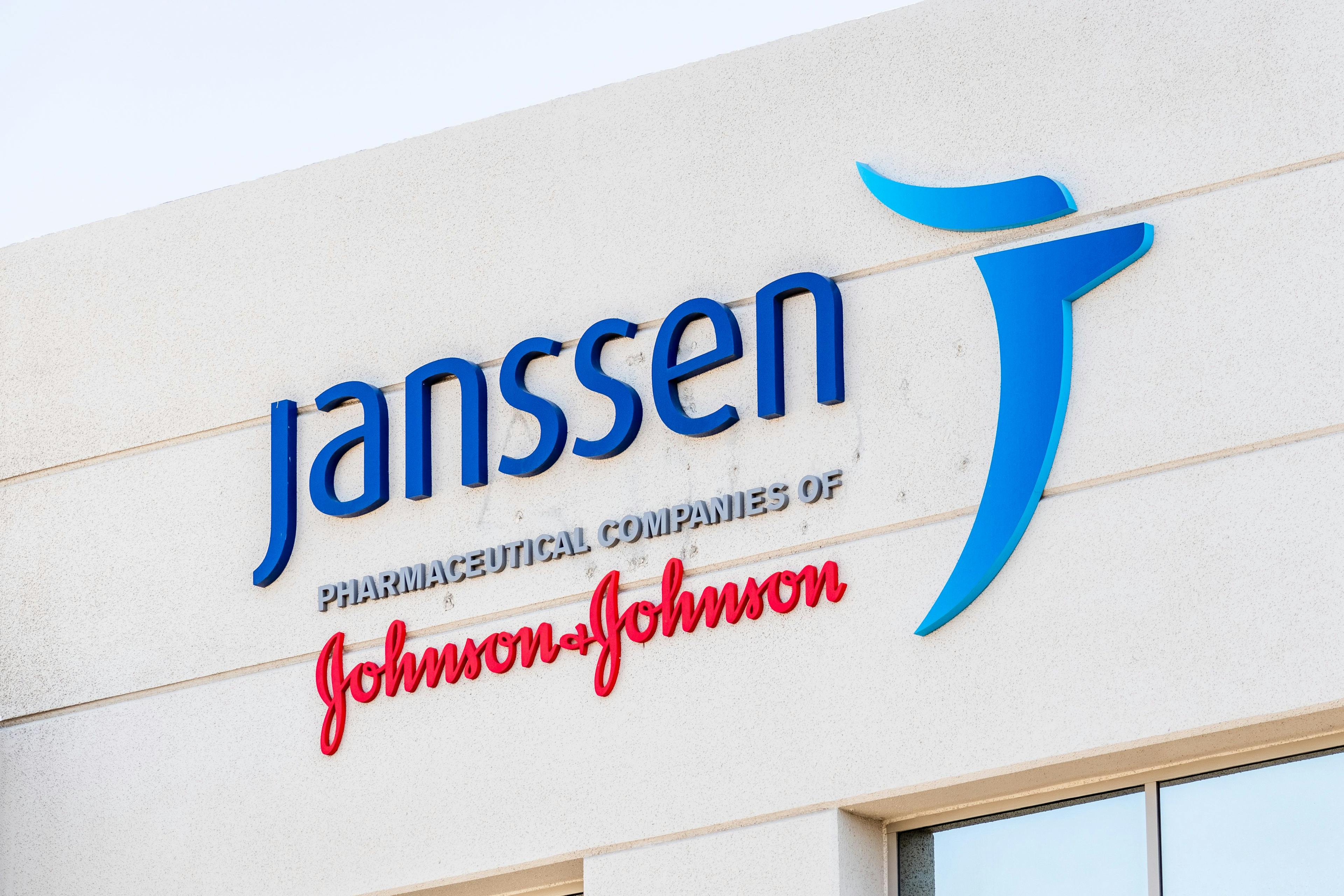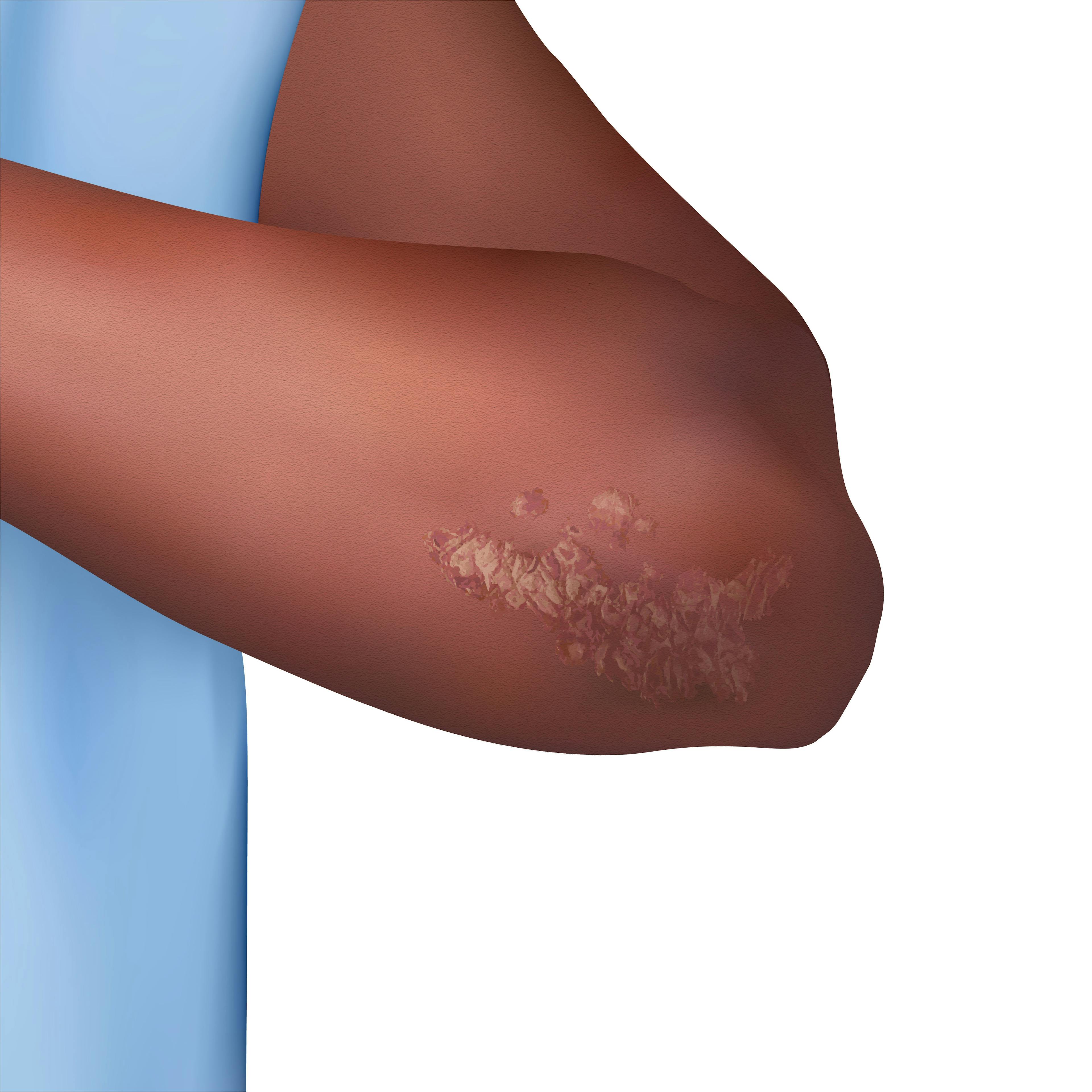- Acne
- Actinic Keratosis
- Aesthetics
- Alopecia
- Atopic Dermatitis
- Buy-and-Bill
- COVID-19
- Case-Based Roundtable
- Chronic Hand Eczema
- Chronic Spontaneous Urticaria
- Drug Watch
- Eczema
- General Dermatology
- Hidradenitis Suppurativa
- Melasma
- NP and PA
- Pediatric Dermatology
- Pigmentary Disorders
- Practice Management
- Precision Medicine and Biologics
- Prurigo Nodularis
- Psoriasis
- Psoriatic Arthritis
- Rare Disease
- Rosacea
- Skin Cancer
- Vitiligo
- Wound Care
Publication
Article
Dermatology Times
Analyzing the Safety of JAK Inhibitors in Atopic Dermatitis Treatment
Author(s):
Ruth Ann Vleugels, MD, and Christopher Bunick, MD, agreed that the long-term safety data for JAK inhibitors makes them preferable to systemic steroids.
“I think it’s important to remember that until relatively recently, the main systemic therapies we had for atopic dermatitis [AD] were traditional immunosuppressive therapies, as well as systemic steroids,” said Ruth Ann Vleugels, MD, MPH, MBA, vice chair of academic affairs in the department of dermatology at Brigham and Women’s Hospital in Boston, Massachusetts. She and Christopher Bunick, MD, PhD, associate professor of dermatology at Yale University in Middlebury, Connecticut, did a deep dive into multiple studies about Janus kinase (JAK) inhibitors in AD treatment during the Dermatology Times Between the Lines custom video series, “Expert Insights on the Use of Oral JAK Inhibitors for Atopic Dermatitis: Raising the Bar for Standard of Care.”
Risk Factors in Prescribing JAK Inhibitors

Vleugels has relied on safety data to develop her comfort level in prescribing JAK inhibitors compared with the traditional treatments including steroids, cyclosporine, and methotrexate. “A really important point is that some of the concerns with JAK inhibitors came from the data from patients with rheumatoid arthritis [RA], who have an increased risk of clotting, cardiovascular risk factors, and malignancy at baseline,” she explained. “This makes the study population different from the population we’re talking about in dermatology, like our patients with AD.”
She and Bunick looked at a study focusing on upadacitinib-treated patients with RA.1 “The clotting and cardiovascular risk factors are not higher than when those same patients with RA are treated with methotrexate or adalimumab or even RA at baseline,” Vleugels said. “Similarly, when they follow those patients over time, there’s no increased risk. That’s crucial in thinking about how we consider using medications. We have to know the patient population well.”
Vleugels is adamant about considering these risk factors for patients when prescribing JAK inhibitors and that patient selection is important. She shared, “I’d strongly prefer to avoid systemic steroids in repeated courses for any of my patients with AD. They’re not a long-term solution. Some of these problems we’re discussing in terms of clotting risk and cardiovascular outcomes are higher in patients on systemic steroids or cyclosporine than the medications we’re talking about today, which are also more efficacious. That’s an important point to think about when you’re counseling patients.”
JAKs Versus Immunosuppressive Therapies
Bunick published another study with a former student now in residency comparing JAK inhibitors to traditional systemic immunosuppressive therapies—specifically steroids, methotrexate, and cyclosporine, which were the most advanced treatment options a decade ago.2
“What we’re going to see is that in this data there was not a lot of AD-specific data for us to draw numbers from. We had to draw from what was out there to do our initial comparisons,” Bunick said. “In the design, we look at upadacitinib [Rinvoq; AbbVie] and abrocitinib [Cibinqo; Pfizer], both doses of the medicine for collecting adverse event incident rates, and we did a literature search looking for incident rates of adverse events between the oral JAKs and the traditional systemic immunosuppressive therapies, focusing on malignancy, nonmelanoma skin cancer, major adverse cardiovascular events, [and] venous thromboembolism.”
He reiterated that the major limitation of the study was that many events were not documented in AD patients. He explained, “I don’t think that we had a reason to understand them prior to a few years ago when the JAK inhibitors were starting to be in the clinical trials. But clearly, the next step is to understand these events in AD patients, so we can do a comparison of the traditional systemic immunosuppressives vs JAKs in AD patients only. But for now, this is the best comparison that we have.”
Bunick and his student observed that on average, the event rates from methotrexate cyclosporine and systemic corticosteroids were higher than the JAK inhibitors for adverse events or special interests. “And how does this help us clinically?” he asked. “Well, if you’re trying to develop a treatment pyramid, it suggests that the JAK inhibitors should be considered ahead of these traditional immunosuppressive drugs for AD patients, and with respect to systemic corticosteroids, systemic corticosteroids were the highest. They had the highest event rates per 100 patient-years of any of these medicines.”

Strategically Rethinking Systemic Steroids
Bunick and Vleugels tend to avoid systemic steroids when they develop AD treatment plans for patients because they believe it isn’t a long-term, effective option. “I really don’t want to use them because they have so many comorbidities and I really want to reach for agents that give me longer term more effective control. I’m really trying to use systemic steroids extremely rarely, and these days I don’t have to use them almost ever. Obviously, in the past, I wasn’t that fortunate. But currently, there’s not often very many instances where I would really need to reach for systemic steroids in a patient with AD,” Vleugels shared.
Bunick echoed, “I do not use systemic corticosteroids ever for my eczema patients, even when patients ask for them...JAK inhibitors have a very rapid onset of action because of where they work inside the cell. Yet, we also just saw safety data and as well as efficacy data from the network meta-analysis showing that the JAK inhibitors are also safe and effective over the long term.”
Many of Vleugel’s patients have been on JAK inhibitors anywhere from 5 to 8 years. “I think this is really important to think about the fact that I would prefer to have a patient on a JAK inhibitor for that duration or longer, very easily and much more readily than I would prefer for them to be on systemic steroids, and there’s no question about that in my mind for my patient population,” she concluded.
References
- Sanmartí R, Corominas H. Upadacitinib for patients with rheumatoid arthritis: a comprehensive review. J Clin Med. 2023;12(5):1734. doi:10.3390/jcm12051734
- Daniele S, Bunick C. JAK inhibitor safety compared to traditional systemic immunosuppressive therapies. J Drugs Dermatol. 2022;21(12):1298-1303. doi:10.36849/JDD.7187

Newsletter
Like what you’re reading? Subscribe to Dermatology Times for weekly updates on therapies, innovations, and real-world practice tips.


























